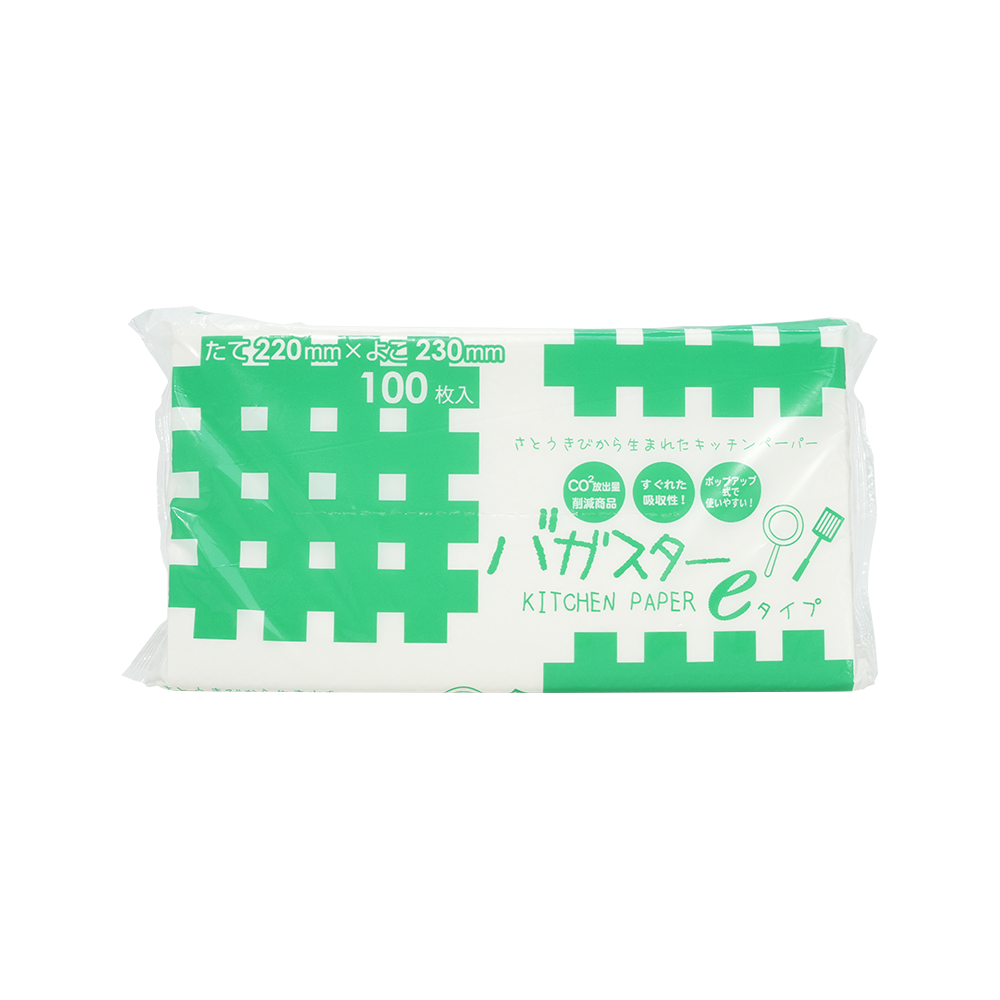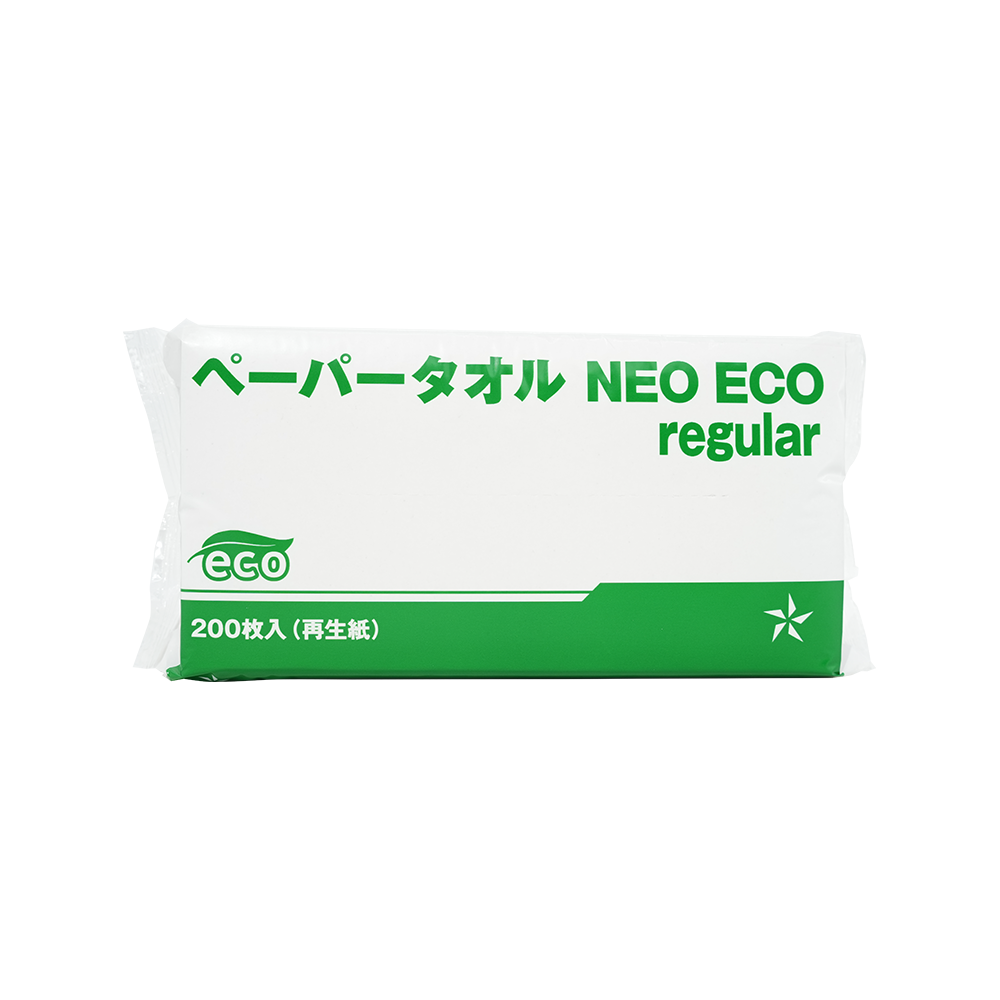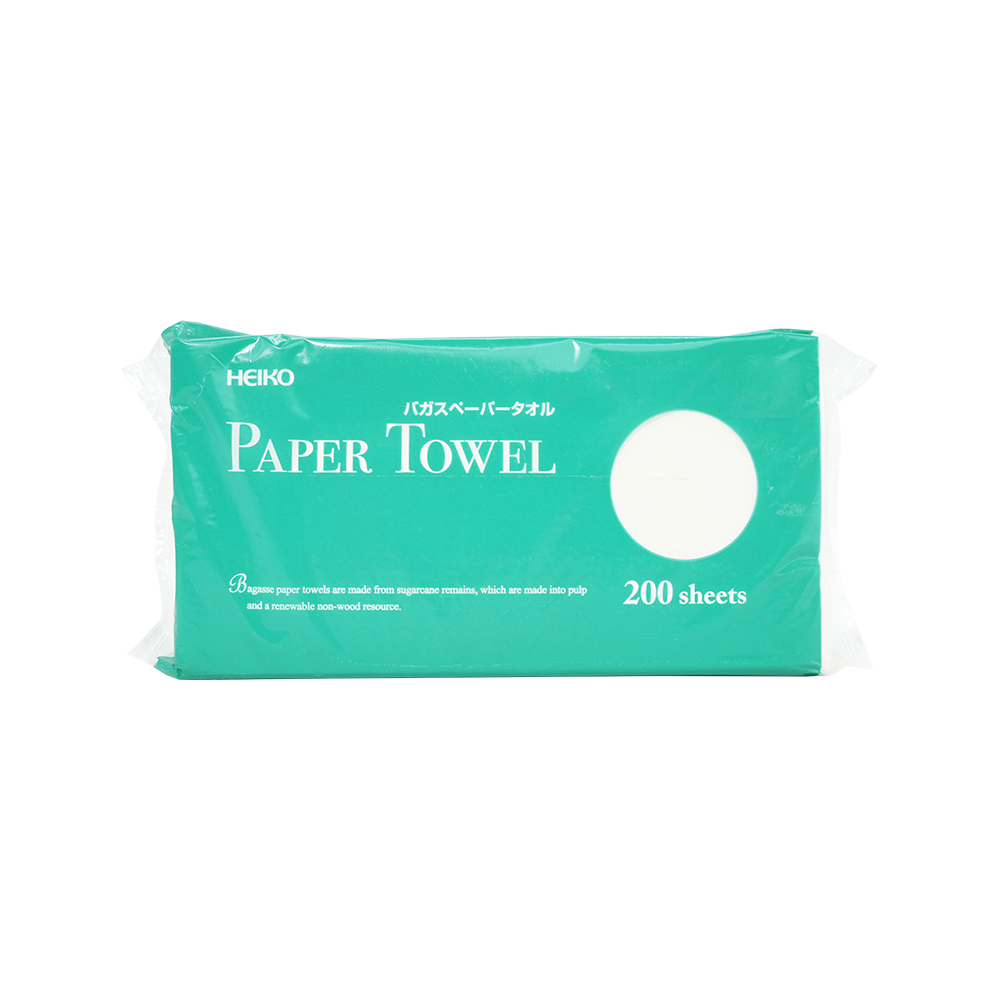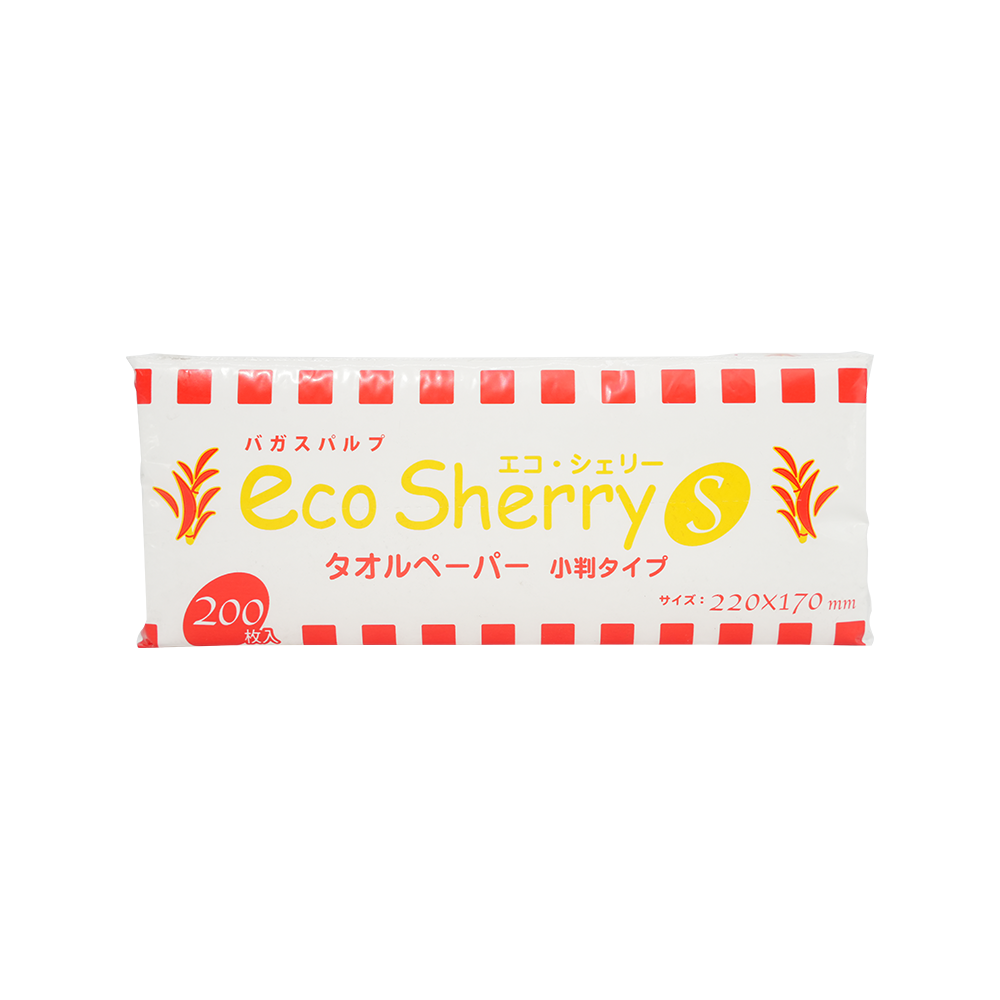How Do Kitchen Paper Towels Compare to Cloth Towels?
 2025.11.21
2025.11.21
 Industry News
Industry News
When it comes to keeping a kitchen clean, the choice of towel plays an important role. Kitchen paper towels and cloth towels are two of the most common options, each with distinct characteristics, advantages, and limitations. Understanding their differences can help you make informed choices that suit your cleaning needs, household routines, and environmental concerns.
Material and Structure
Kitchen paper towels are typically made from paper pulp, often reinforced with additional layers to increase absorbency and strength. Some are made with recycled materials, while others are bleached or treated for enhanced durability. They are designed for single-use applications, allowing users to clean surfaces and then discard the towel without worrying about laundering.
Cloth towels, in contrast, are usually made from cotton, microfiber, or a blend of natural and synthetic fibers. Cotton cloth towels are soft and highly absorbent, making them ideal for drying dishes and hands. Microfiber cloth towels, known for their fine synthetic fibers, are particularly effective at picking up dirt, grease, and even bacteria from surfaces. Unlike paper towels, cloth towels are reusable and can withstand repeated washing and drying.
Absorbency and Cleaning Efficiency
One of the main considerations in choosing between kitchen paper towels and cloth towels is absorbency. High-quality paper towels are engineered to absorb liquids quickly and efficiently. They are convenient for soaking up spills, blotting grease, or wiping down countertops. Multi-ply paper towels offer additional absorbency, making them more versatile for heavier cleaning tasks.
Cloth towels, however, generally outperform paper towels in terms of overall absorbency, particularly over repeated use. A well-made cotton or microfiber towel can hold several times its weight in liquid and can be wrung out and reused multiple times. This makes cloth towels more economical for larger cleaning tasks or for households where frequent spills are common.
Strength and Durability
Durability is another important factor. Kitchen paper towels are designed for single use, and while some premium brands are stronger than others, they can tear when wet or when scrubbing tougher messes. This makes them ideal for light cleaning but less suitable for heavy-duty scrubbing.
Cloth towels, on the other hand, are significantly more durable. They can withstand rigorous scrubbing and repeated exposure to heat, water, and cleaning chemicals. Over time, a high-quality cloth towel will continue to perform well, making it a reliable long-term cleaning solution.
Hygiene and Cross-Contamination
When it comes to hygiene, there are key differences between the two types of towels. Kitchen paper towels are disposable, which helps reduce the risk of cross-contamination. After wiping raw meat juices, cleaning bathroom surfaces, or handling other potentially germ-laden areas, a paper towel can be discarded immediately, minimizing bacterial transfer.
Cloth towels, however, must be washed regularly to maintain hygiene. A damp or soiled cloth towel left in the kitchen can harbor bacteria, mold, or mildew, which may lead to cross-contamination if not cleaned frequently. Using separate cloth towels for different purposes (e.g., one for hands, another for dishes, another for cleaning spills) and laundering them often is essential to prevent health risks.
Environmental Considerations
Environmental impact is increasingly a factor in towel choice. Kitchen paper towels, especially single-use types, contribute to waste and may take significant time to decompose in landfills. Some eco-friendly brands offer recycled or biodegradable paper towels, but the overall environmental footprint of frequent disposable towel use is still higher than that of reusable cloth towels.
Cloth towels are reusable and long-lasting, which makes them a more sustainable option over time. While they require water and energy for washing, their repeated use offsets the waste generated by disposable towels. Choosing organic or sustainably produced fabrics can further reduce environmental impact.

Cost Considerations
Cost is another practical aspect. Kitchen paper towels can be inexpensive per roll, but because they are disposable, the costs accumulate over time. Households that use large quantities daily may find the expense significant. On the other hand, cloth towels require an initial investment, but their reusability often makes them more economical in the long term.
It is also worth considering indirect costs. Paper towels reduce laundry needs and save time, which may be a factor in busy households. Cloth towels, while cost-efficient in terms of materials, add to laundry loads and energy consumption, which could offset some of the financial benefits.
Convenience and Versatility
Convenience is a major reason many people choose kitchen paper towels. They are lightweight, portable, and ready to use anywhere in the kitchen. For quick spills, food prep, or wiping surfaces, paper towels offer immediate solutions without the need for washing afterward.
Cloth towels are versatile but require more maintenance. They can be used for drying dishes, wiping counters, polishing glassware, and even as protective layers for hot cookware. The flexibility of cloth towels makes them invaluable for multi-purpose use, but the convenience factor is lower compared to disposable paper towels, particularly in fast-paced kitchens.
Special Considerations
- Stain resistance: Paper towels are less prone to retaining stains, as they are discarded after use. Cloth towels may stain, particularly lighter-colored fabrics, and may require pre-treatment or stronger detergents.
- Texture: Paper towels often have a textured surface that helps with scrubbing, while cloth towels rely on fiber density and weave for cleaning efficiency.
- Availability: Both types are widely available, but specific varieties, such as ultra-absorbent or antimicrobial paper towels, or microfiber cloths, may require more effort to source.
Conclusion
Both kitchen paper towels and cloth towels have unique strengths and limitations. Paper towels offer convenience, hygiene, and immediate absorbency, making them ideal for quick cleanups, spills, and tasks where a disposable solution is preferable. Cloth towels provide durability, superior absorbency, and sustainability, making them more suitable for regular cleaning tasks, heavy-duty scrubbing, and long-term use.
Ultimately, many households find that a combination of both offers the best balance. Paper towels can be reserved for situations where hygiene and speed are priorities, while cloth towels handle routine cleaning, drying, and reusable tasks. By understanding their differences, users can make informed decisions that optimize cleaning efficiency, cost-effectiveness, and environmental responsibility.


 English
English 日本語
日本語 한국어
한국어








